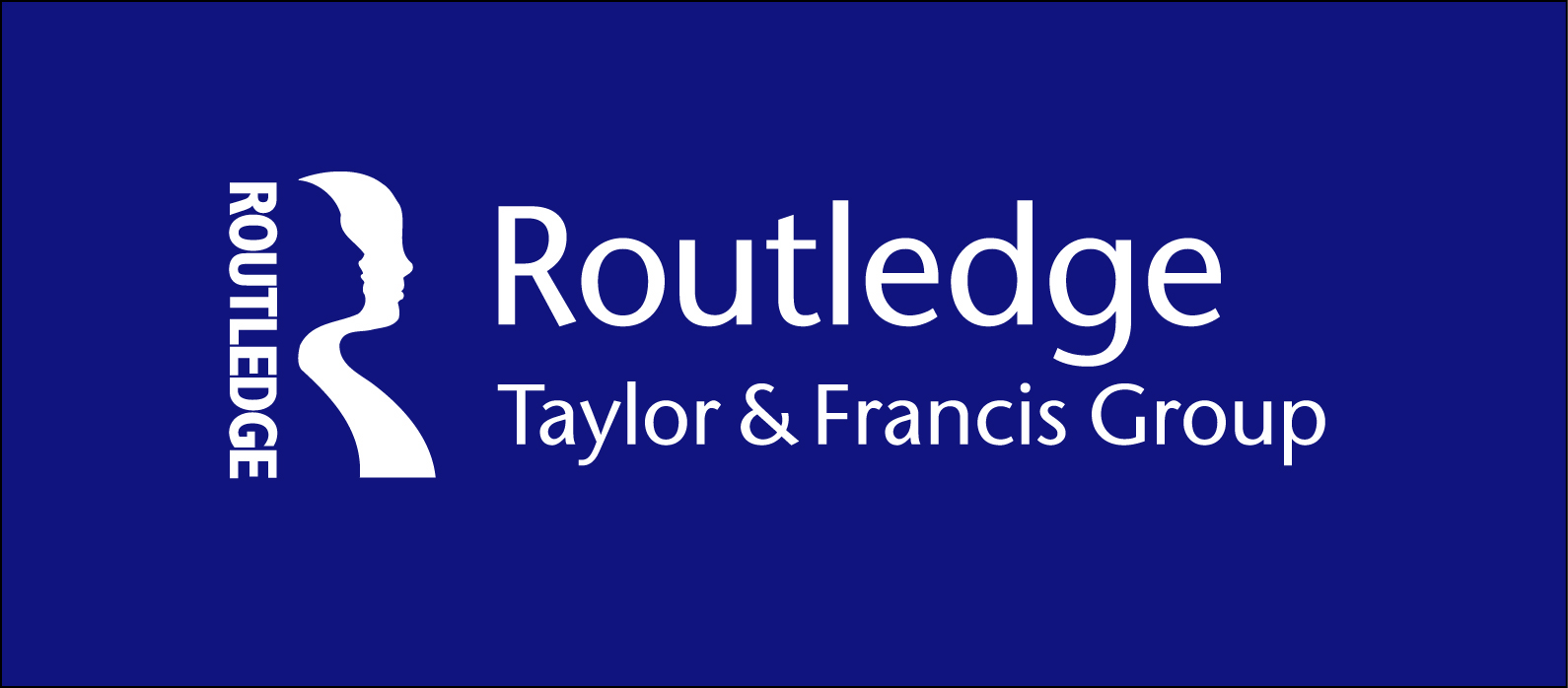If it's of interest, a working draft of Seán Patrick Donlan, 'To hybridity and beyond: reflections on legal and normative complexity' is available on SSRN.
 The draft was prepared for a collection to be edited by Vernon Palmer on Mixed Legal Systems, East and West: Newest Trends and Developments, from last summer's Maltese conference of that name.
The abstract reads:
The draft was prepared for a collection to be edited by Vernon Palmer on Mixed Legal Systems, East and West: Newest Trends and Developments, from last summer's Maltese conference of that name.
The abstract reads:
I’ve referred to my recent research on legal and normative complexity as
the study of 'hybridity and diffusion', the modest investigation of the
mixtures and movements of laws and norms, past and present and around
the globe. This research must, I argue, be comparative across both space
and time, involving comparative law and legal history, among other
disciplines and sub-disciplines. The social sciences, especially
anthropology and sociology, are particularly important. Because the
'concept of law' — as the debate is normally phrased in Anglophone
scholarship — is also implicated, legal philosophy is also essential. I
don’t claim that my approach is entirely novel, but suggest that it
might prove a useful perspective from which to better understand the
role that laws and norms play in the daily lives of ordinary people
around the world. This short article attempts to briefly lay out the
broad outlines of this approach and to encourage similar research
through inter-disciplinary and trans-disciplinary collaboration. It also
takes a brief detour to discuss the Western 'folk concept' of law. My
intention is not to erect a new terminology or taxonomy, but to sketch a
rough, conceptual map that allows scholars to better understand both
legal and normative practices. I want to create a kind of descriptive,
critical and constructive, 'deep focus', as that term is used in
photography and cinema, where clarity in depth is achieved through
significant light and sustained focus.
The paper is an attempt to briefly summarise my research of the last few years on what I've called 'hybridity and diffusion'. As many of you will know,
In its origins, hybrid had a very narrow meaning. The Latin hibrida was 'the offspring of a (female) domestic sow and a (male) wild boar.' In fact, a hybrid is still commonly seen as a complex individual entity, a singularity, from two parents. More recently, however, it has become far broader in application. In state building discussions, for example, 'hybrid political orders' relate to complex '[g]overnance ... carried out by an ensemble of local, national, and international actors and agencies.' Indeed, the word in its current usage is arguably, 'a slippery, ambiguous term, at once literal and metaphorical, descriptive and explanatory.' This more elastic meaning is, however, occasionally productive. In post-colonial studies, for example, hybridity serves as a critique of binary, reified thinking about cultures and their members. Instead, it emphasizes a very deep and dynamic complexity, 'the ambivalent in-between space created by the interaction of the colonizers and the colonized.'
With respect to my paper and past work,
Until the last few years, however, hybridity was only very rarely used in legal and normative scholarship. When employed by comparatists, it was largely synonymous with mixity, ie the coexistence of diverse, discrete state legal traditions within a jurisdiction. It is a common, but minor usage, often little more than a rhetorical relief from mixed. Less commonly, legal hybridity has been used in a manner equivalent to so-called legal pluralism. Hybridization is almost unheard of. When hybrid and its variants appear, then, there is little precision in its employment. In recent years, I've tried to suggest how we might use hybridity as a term-of-art, in more constructive, nuanced ways to cover the fluid complexity of both laws and norms at the level of both principle and practice.
Obviously, merely using hybrid as a synonym for either mixed or plural only creates confusion. Hybridity and diffusion points towards an historical,
comparative, and institutional theory that explores normative
complexity by setting research on legality within the
wider matrix of normativity.
My recent article, with Biagio Andò (Catania) and David Zammit (Malta), ‘“A
happy union”?: Malta’s
legal hybridity’ explores that jurisdiction's complex laws and is available in (2012) 27 Tulane
European and Civil Law Forum 165. Current projects are attempting to capture both the principles and practices of both legal and normative hybridity.
 Since 2009, Juris Diversitas has slowly developed as an international and interdisciplinary community of scholars dedicated to comparative law very broadly understood.
Since 2009, Juris Diversitas has slowly developed as an international and interdisciplinary community of scholars dedicated to comparative law very broadly understood. Note, too, the creation of a Juris Diversitas page on Facebook. As with the blog, both members and non-members may sign up.
Note, too, the creation of a Juris Diversitas page on Facebook. As with the blog, both members and non-members may sign up.




